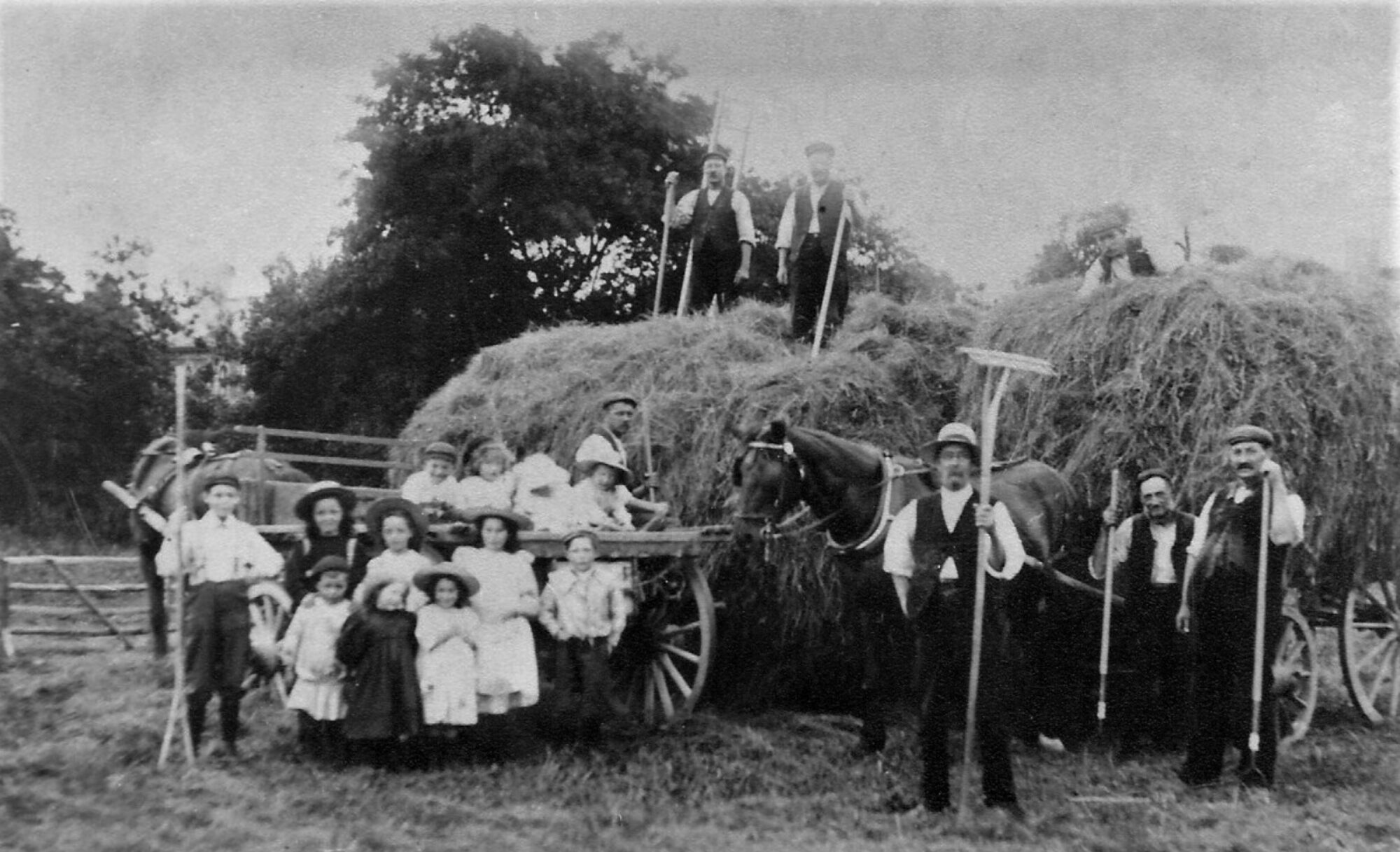George Seath 1876 – 1926
George was born in 1876 in Wootton, to George John and Mary Ann (née Kent).
In 1888, the Dover Express reported that he was a patient in the hospital with a broken leg, sustained when the horse he was leading had ‘started’ and knocked him over. He came from Shepherdswell but it is not known where he was living at this point.
By 1891, the family was living at Halfway Street with his father working as an agricultural labourer.
Sometime after 1891 George enlisted in The Buffs, East Kent Regiment. The report of his later drowning states that he had been in the Buffs for 26 years and another report in 1915 states that he joined “the depot The Buffs” on 2nd June 1897.
He went to South Africa in December 1899 and served in the mounted infantry, returning home with the 2nd Battalion in November 1902. The Battalion subsequently were posted to Hong Kong, Singapore and India. The Dover Express describes him as a 36 year-old bachelor of Shepherdswell and a Colour Serjeant (sic) at his marriage to Fanny Jane Bean on 28th March 1912.
During WW1 he had the service no. L/5270. Influenza prevented his posting to the Front in early 1915 but in March, having recently received a commission, he went out to France where he was apparently wounded. He held the rank of 2nd Lieutenant, then Lieutenant. He was then placed in charge of examining the guard at Dover Priory Station.
Following demobilisation he went into the Reserve of Officers and served with the Defence Corps during the strike in 1921. He also assisted in musketry training for D Company, The Buffs.
He subsequently became a groundsman at the Stanlee Athletic Club sports ground, and in 1926, George and Fanny moved to Burnham-on-Crouch in Essex, where George had a job as the steward at the Royal Corinthian Yacht Club House. He and another man had decided to drown a one-eyed cat called Nelson, that had been making a nuisance of itself around the Club House. Early in the morning of 6th June 1926 they got into a nine-foot boat and rowed out into the River Crouch. It isn’t clear exactly why, but the boat capsized and both men were thrown into the river. The other man was saved but George couldn’t be found. The river was dragged but it wasn’t until several days later that his body was found on the breakwater five miles away. His death made many newspaper articles across the country, mostly entitled ‘Nelson’s Revenge’.
He was buried at St Mary the Virgin, Burnham-on-Crouch. The Dover Express stated that he left a widow and three children and his probate record gives his effects as £236.6s.4d.
